Imagine: a wine from a far off place that’s in a category of its own, unable to be defined by red, white or rosé. A juice that needs its very own section on a wine list that goes by a multitude of names like “vinous exotica” and “skin- fermented.”
What you are imagining is orange wine. Although it is one of the most traditional methods of winemaking in the world, having been around for centuries, orange wine has only recently begun to make an appearance on American tables in the past few years.
This style of wine originated in the country of Georgia in Eastern Europe, but is now produced all around the world, from Italy to South Africa. Orange wine is made by using white wine grapes but produced in a red wine style. The skins of the white wine grapes (any white wine grapes or blend can be used) are left on during fermentation and aging, tinting the white wine to an orange color. The juice is left with the skins for a week up to a year, depending on how much a winemaker wants it to pick up tannin, weight, color and other aromas and flavors from the skins.
The wine is fermented in a clay vessel called a qvevri (K-WHERE-VREE) which is lined inside with beeswax (to seal it for hygienic purposes) and encased with lime (to preserve the qvevri when it is buried underground). Liming preserves a qvevri for centuries, while cement lining only keeps the vessel for 10-20 years. The liming process also keeps the qvevri mold resistant. It’s then buried underground and packed with sand all around.
The orange color can range on the spectrum from peach, gold, bright amber, rust and even on the browner-end. Three specific variables affect the tinge: the grape variety, length of skin contact and oxidation. A deeply colored white wine grape, like a ripe Pinot Grigio, left with the skin for a short time will yield a wine with a dark color, and the same results when a light colored white wine grape is left with the skins for a long time. In the case of a grape that oxidizes quickly the wine will turn out to look deeply orange as well.
Orange wines have a funky, cider-like quality with a hint of sourness. Common flavors can range from fresh-cut apricot, spices and herbs to the heavier side with a palate of smoke, tang, nuttiness and savory elements.
“Skin maceration tends to accentuate features of subtle grape varieties,” says Stetson Robbins, sales manager for Blue Danube Wine. Therefore, with orange wine we’re seeing more depth of flavor of the grape. And, the darker the orange the more skin contact the wine has had, so more tannin will be present.
As a result, orange wine is super versatile when it comes to pairing with food. Some are delicate enough for fish, heavy enough to stand up to steak or pair well with heavily spiced dishes (think: spicy curry) because they can be so bold. Stetson also suggests new orange wine drinkers to try it with some seasonal fall fare.
The 2013 Kindzmarauli, Kakhetian Royal comes from orange wine’s original stomping grounds of Georgia. With a deep straw color, velvet mouth feel and a tartness that’s complementing, this orange wine has fruity aromatics and honey notes. The real kicker is that this orange wine is a romantic, deep sunset orange color because the skins are left on for three months; longer than most red wines. Plus, the wine is made with 10 percent of the native Georgian grape Mtsvane Kakhuri that oxidizes easily, so the wine really exemplifies that dark hue.
Whether you’re new to the scene or an orange wine expert, this is a style of wine that has a little something for everyone.

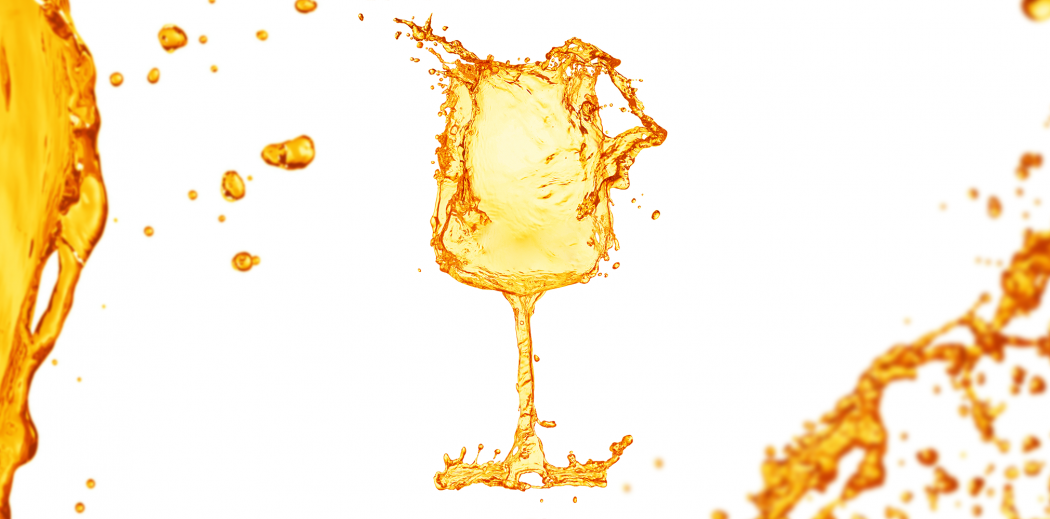
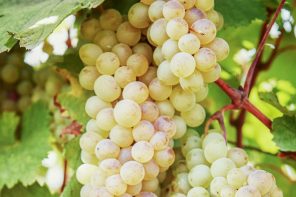


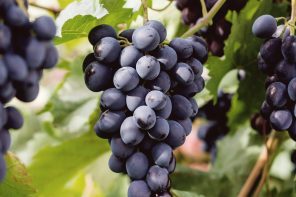
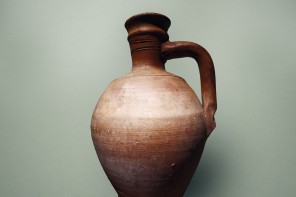
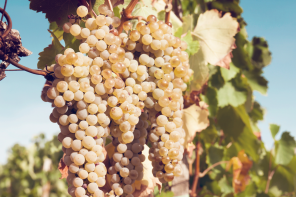
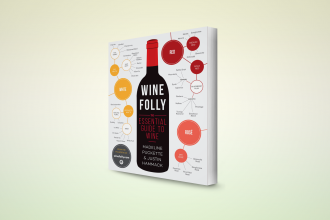
Are orange wines also aged long-term in oak like reds? That would be fascinating to try!